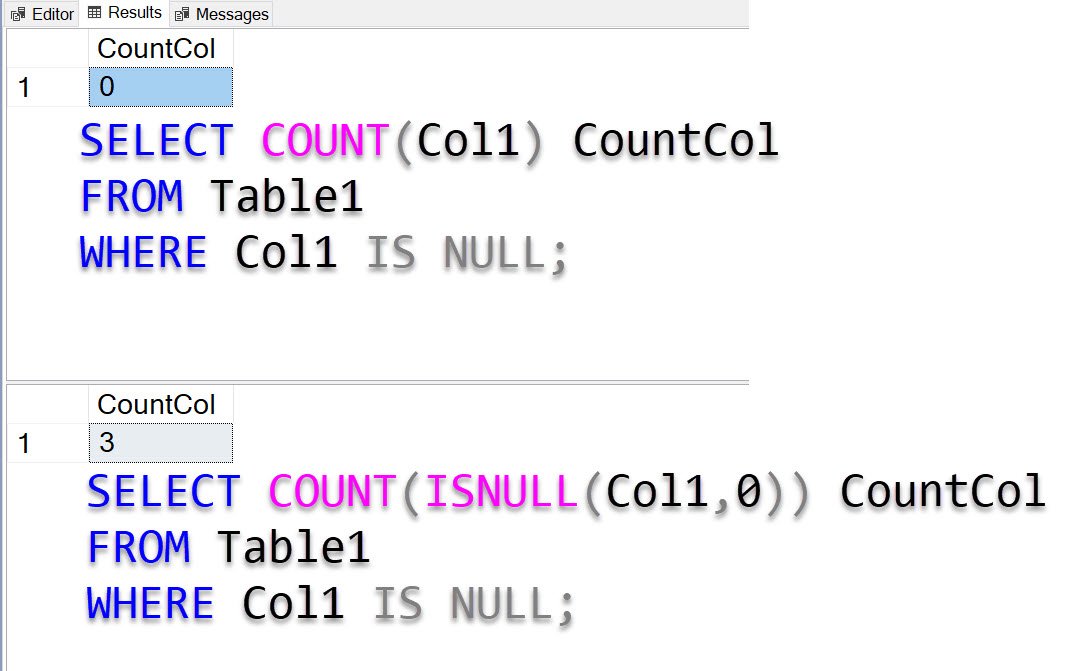
Here is the above SELECT statement in Navicat Premium's Query Designer, along with the results:Īs expected, the addressLine2_Count and Null_addressLine2_Rows results add up to the All_Rows count. This query uses the Count() function in three ways to show all table rows, the number of populated addressLine2 rows and Nulls:ĬOUNT(addressLine2) AS addressLine2_Count,ĬOUNT(*) - COUNT(addressLine2) AS Null_addressLine2_Rows Hence, it's not required for all addresses, as we can see in this sample of table data: The addressline2 field contains additional address details that are not part of the street name and number.

Here is that table in Navicat Premium's Table Designer: We'll run this query against the customers table of the MySQL classicmodels Sample Database.
Null count for tag 32934 how to#
Now that we know how to count null, non-null, and all rows in a table, let's see an example.

And that is by subtracting the non-NULL fields from the Total fields, like so: These two separate uses of Count() provide an important clue as to how we can obtain a count of NULL values for a specific column. Hence, if you provide a column name that allows NULL values, then Count() will return all rows that have a non-null value. The Count() function comes in two flavors: COUNT(*) returns all rows in the table, whereas COUNT(Expression) ignores Null expressions.

In today's blog, we'll learn how to combine NULLs with the SQL Count() function to achieve a variety of objectives. That article also described how to allow NULLs in your database tables and how to reference them in queries. Null Values and the SQL Count() Function by Robert Gravelleīack in March of 2020, the The NULL Value and its Purpose in Relational Database Systems article presented the NULL value and its special meaning in relational databases.


 0 kommentar(er)
0 kommentar(er)
